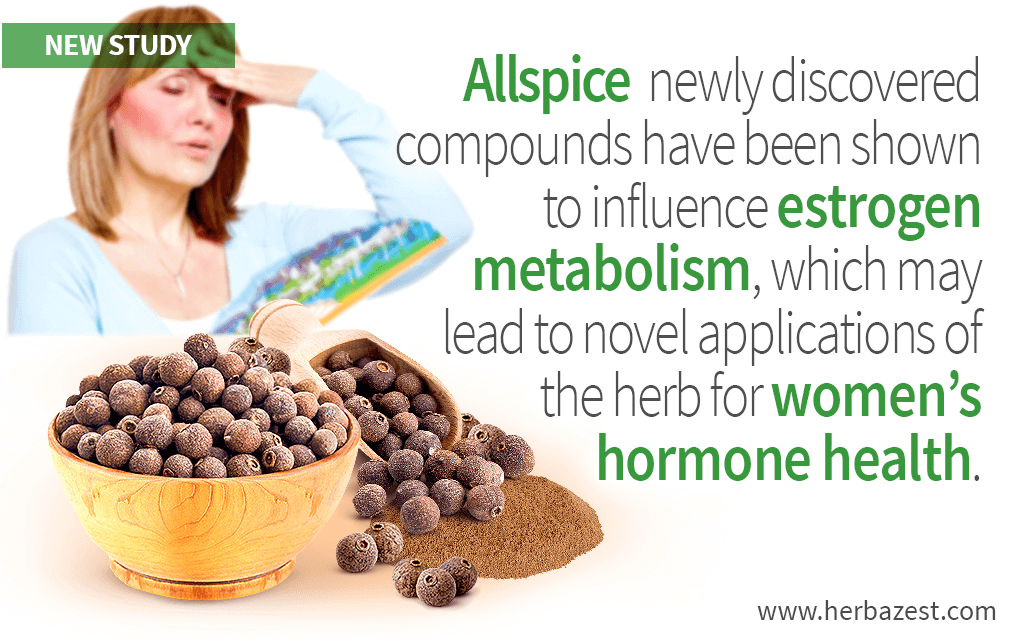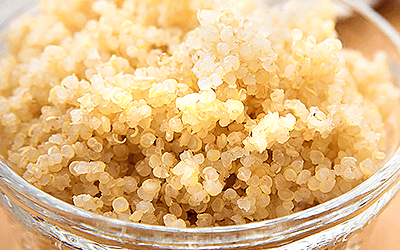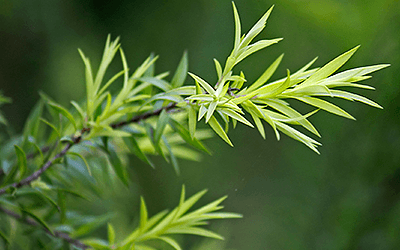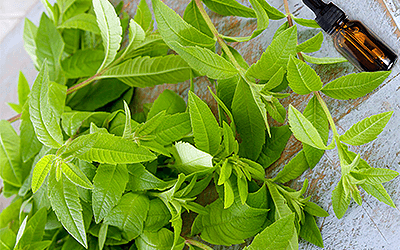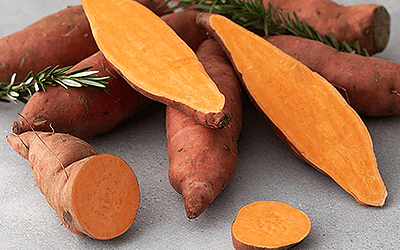Allspice (Pimenta dioica) is native to Central America and the Pacific Islands, and its rich flavor, often mistaken as a blend of spices, has made it widely popular in kitchens around the world. However, allspice is also a medicinal herb, with analgesic and anti-inflammatory properties. Despite the lack of conclusive scientific evidence, in its native areas the beloved spice has been used for centuries in folk remedies to improve women's hormone health. This study goes deeper into the suggested hormone balancing effects of the allspice plant.
WOMEN GOING THROUGH THE MENOPAUSAL TRANSITION ARE AT A HIGHER RISK FOR DEVELOPING DEGENERATIVE DISEASES DUE TO ESTROGEN IMBALANCES.
The Study
Allspice is commonly sold in Costa Rica as an herbal therapy for menopausal symptoms and it is usually prepared as a decoction, infusion, or tincture, alone or in combination with other herbs. Encouraged by a previous study, which showed the estrogenic activities of allspice extracts, a group of researchers, led by Brian J. Doyle Ph.D, Associate Professor of Biology and Biochemistry, and Chair of Biotechnology in Alma College (Michigan), decided to test a sample of allspice leaves in order to determine the compounds responsible for the alleged hormone balancing effects of the herb.
The in vitro study isolated the active compounds of the leaves and their estrogenic activity was tested by exposing them to human breast cancer cells. The conclusions were published in the Pharmaceutical Biology journal.
The Results
Quercitrin is a glycoside formed from the flavonoid quercetin, and it possess strong antioxidant properties. Quercitrin not only has been shown to delay skin-aging, but it also plays a role in the prevention of degenerative diseases. The study revealed that this compound in allspice works with three chromones, namely 2-phenoxychromone, as well as 6 and 8-di-C-methylcapillarisin, all of which were isolated and identified. The investigators discovered that these newly found chromones play a role in estrogen expression, two of them by stimulating it, and the other one by inhibiting it.
Chromones are commonly used in medicine as anti-inflammatory and anti-allergic agents.
What Does this Mean?
The study has concluded that allspice contains compounds with both estrogenic and anti-estrogenic effects, which helps to explain the folk uses of the plant for regulating hormones in women. These promising findings may lead to novel pharmaceutical uses of allspice for the management of hormonal imbalances, from irregular periods to menopause symptoms, as well as for the treatment of degenerative diseases caused by dysfunctions in estrogen modulation.
It is worth to mention that other herbs with scientifically studied hormone balancing properties are anise, fenugreek, flax, and maca.
Sources
- Pharmaceutical Biology, Isolation and identification of three new chromones from the leaves of Pimenta dioica with cytotoxic, oestrogenic and anti-oestrogenic effects, 2018
